Home>Interior Design>Small Mudroom Ideas: Carve Out A Functional Space Anywhere
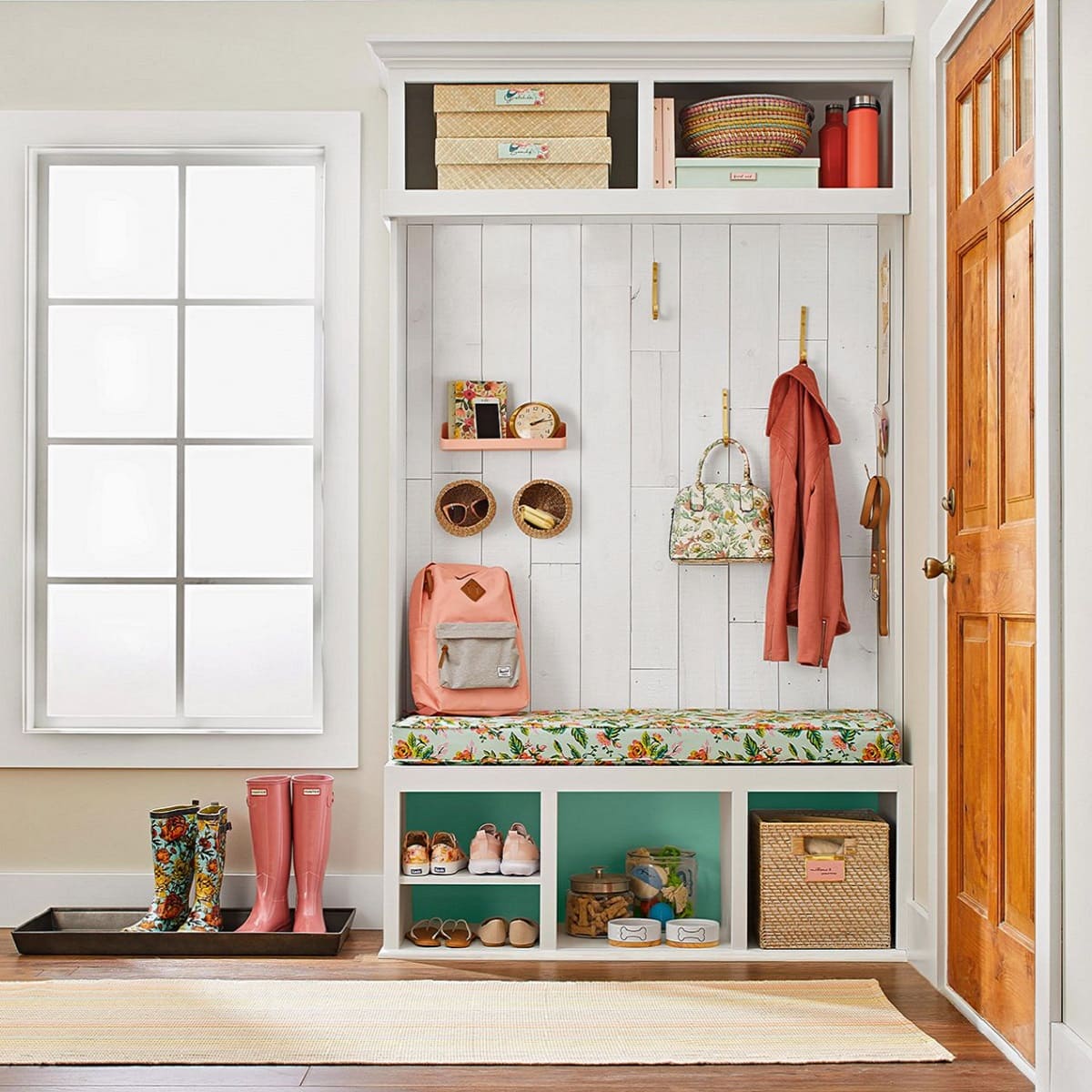

Interior Design
Small Mudroom Ideas: Carve Out A Functional Space Anywhere
Modified: October 28, 2024
Looking for small mudroom ideas to carve out a functional space anywhere? Explore our interior design tips and tricks to maximize your space.
(Many of the links in this article redirect to a specific reviewed product. Your purchase of these products through affiliate links helps to generate commission for Storables.com, at no extra cost. Learn more)
Introduction
Welcome to the world of interior design! In this article, we will explore the fascinating realm of small mudrooms and how you can transform any space into a functional and inviting area. While mudrooms are commonly associated with large homes, it is possible to create a practical and stylish mudroom even in the tiniest of spaces.
A mudroom serves as a transitional space between the outdoors and the indoors, providing a designated area to store shoes, coats, bags, and other essentials. It acts as a buffer, keeping dirt and clutter out of the main living areas of your home. Whether you live in an apartment, condo, or a house with limited square footage, carving out a small mudroom can bring order and efficiency to your daily routine.
Before diving into the world of small mudroom design, it’s important to assess the available space in your home. Look for unused corners, hallways, or even closets that can be repurposed. By getting creative and thinking outside the box, you’ll be surprised at the number of possibilities that exist.
Once you’ve identified a suitable location, it’s time to start considering storage solutions. One of the key challenges in creating a small mudroom is maximizing storage space. Fortunately, there are plenty of inventive ways to achieve this. From utilizing vertical space with hooks and wall-mounted organizers to incorporating shelves and cubbies for shoes and bags, there are numerous options at your disposal.
Organization is another important aspect to consider when designing a small mudroom. By implementing a system for sorting and categorizing items, you can ensure that everything has its rightful place. With designated areas for each family member, it becomes easier to locate and retrieve belongings in a hurry. Labels and bins can also be employed to bring order and efficiency to the mudroom.
A small mudroom wouldn’t be complete without some seating and comfort. By incorporating a small bench or chair, you provide a convenient spot for putting on and taking off shoes. Adding cushions or pillows not only enhances comfort but also injects a sense of style into the space. Don’t forget to include decorative elements like rugs and artwork to make the mudroom feel warm and inviting.
While aesthetics are important, it’s crucial to approach the design of a small mudroom with functionality in mind. Choose durable and easy-to-clean materials for both the flooring and surfaces. Ensure adequate lighting options to create a welcoming atmosphere and enhance visibility. Consider the layout and flow of the space to make the most of every inch available.
Throughout this article, we’ll explore small mudroom ideas for different spaces, including apartments, condos, hallways, closets, and even under-stair areas. We’ll also share some budget-friendly options for those who want to design a small mudroom without breaking the bank.
So, let’s embark on a journey that will transform your small space into an organized and efficient mudroom. Get ready to unleash your creativity and discover the potential that lies within your home!
Key Takeaways:
- Transform any small space into a stylish and functional mudroom by maximizing storage, prioritizing organization, and adding seating and comfort elements. Embrace creativity and budget-friendly options to create an efficient entryway.
- Whether in an apartment, hallway, or closet, unleash your interior design skills to carve out a practical mudroom. Prioritize functionality, optimize lighting, and explore budget-friendly options to create an organized and inviting space.
Read more: Creating A Functional Mudroom In A Garage
Assessing Your Space
When it comes to creating a small mudroom, the first step is to assess the available space in your home. Look for small areas that can be converted into a functional mudroom, such as an unused corner, a narrow hallway, or even a closet that can be repurposed.
Start by evaluating the size and dimensions of the space. Consider how much room you have to work with and what you hope to achieve in your mudroom. This will help you determine the type and amount of storage solutions you can incorporate.
Next, assess the proximity of the space to the main entrance of your home. You want your mudroom to be conveniently located for easy access when coming in or going out. Ideally, it should be close to the front door or garage entrance, ensuring that family members and guests can easily drop off or retrieve their belongings.
Another important factor to consider is the flow of foot traffic in your home. Choose a location that doesn’t obstruct the natural flow of movement within your space. You wouldn’t want your mudroom to become a hindrance or a bottleneck when people are entering or exiting your home.
Additionally, take into account any existing architectural features or obstacles that may affect your mudroom design. For example, if there’s a window or a heating vent in the chosen area, you’ll need to plan your storage and seating solutions accordingly to accommodate these elements.
Keep in mind that a functional mudroom doesn’t have to be a separate room. It can be a designated area within an existing room, such as a foyer or hallway. By utilizing clever design techniques, you can carve out a mudroom space without sacrificing the openness of your home.
Finally, consider the overall aesthetic and style of your home when choosing the location for your mudroom. You want the mudroom to seamlessly blend with the existing décor and reflect your personal taste. This can be achieved through the choice of materials, colors, and design elements that complement the rest of your home.
Once you’ve evaluated your space and selected the ideal location, you’re ready to move on to the next step: designing and implementing creative storage solutions that will maximize the functionality of your small mudroom.
Creative Storage Solutions
One of the challenges of designing a small mudroom is maximizing storage space. However, with some creativity and thoughtful planning, you can effectively utilize the available area to create ample storage solutions.
One great way to optimize storage in a small mudroom is by utilizing vertical space. Install hooks on the walls to hang coats, jackets, backpacks, and other items. Hooks not only provide a convenient place to hang belongings, but they also help free up valuable floor space. Additionally, consider using wall-mounted organizers with compartments or pockets to store smaller items such as keys, wallets, or sunglasses.
Another excellent storage solution is to incorporate shelves and cubbies into your mudroom design. Install floating shelves on the walls to hold baskets or containers for shoes, hats, and gloves. You can also use shelves to display decorative elements like plants or family photos. Cubbies can be used to neatly arrange shoes, creating an organized and clutter-free mudroom. Consider installing cubbies at different heights to accommodate shoes of various sizes.
Multi-purpose furniture is a game-changer when it comes to small mudrooms. Benches with hidden storage compartments provide a dual function by offering a place to sit while putting on or taking off shoes, as well as a concealed space to store items. Look for benches with lift-up seats or drawers to maximize the storage potential. You can also opt for ottomans or poufs with hidden storage, providing a stylish and functional addition to your mudroom.
In addition to these storage solutions, there are other creative ideas to consider. For example, you can install a pegboard on the wall to hang items like hats, scarves, or even a small broom or mop. Magnetic strips can be attached to the inside of cabinet doors to hold metal items such as keys or small tools. Utilize over-the-door shoe organizers or hanging fabric pockets to keep accessories organized and within reach.
Remember that the key to successful storage solutions in a small mudroom is to make the most of every inch of space. Aim for a clutter-free and organized environment by utilizing all available surfaces, including walls, doors, and even the ceiling. By incorporating these creative storage ideas, your small mudroom will become a highly functional space that can accommodate the storage needs of your entire family.
Maximizing Organization
In a small mudroom, organization is essential to ensure that everything has its rightful place and is easily accessible. By implementing a system for sorting and categorizing items, you can maintain an organized and efficient space.
Start by assessing the types of items that will be stored in your mudroom. These may include shoes, coats, bags, hats, gloves, and other accessories. Develop a system for each category of items to keep them organized and separate from one another.
Designate specific areas or zones within your mudroom for each family member. This ensures that everyone has their own space to store their belongings. For example, allocate hooks or designated shelves for each person to hang their coats and bags. This not only keeps the area organized but also prevents confusion and minimizes the chances of items getting mixed up.
Utilize labels and bins to enhance the organization process. Labeling shelves, baskets, or bins will make it easy to identify where specific items should be placed. Use clear bins or baskets so that you can easily see what’s inside without having to open them. This will save time and make the retrieval of items quick and efficient.
If you have young children, incorporate child-friendly organization solutions. Use lower hooks or cubbies that are within their reach so they can hang their coats or store their shoes independently. Consider using colorful bins or labels with pictures to help them identify their personal items easily.
Remember that organization is an ongoing process. Regularly assess and declutter your mudroom to keep it tidy and efficient. If certain items are no longer needed or are out of season, store them elsewhere to free up space and maintain a clutter-free environment.
In addition to sorting and categorizing items, consider implementing a system to handle incoming and outgoing items. Create a designated area for mail, keys, and other essentials that you need to grab on your way out. This will prevent last-minute searches and ensure that you always have what you need before heading out of the door.
By implementing these organization strategies, your small mudroom will become a well-organized space where items are easy to find and access, allowing for a smooth and efficient entry and exit experience for your entire family.
Adding Seating and Comfort
A small mudroom should not only be functional but also comfortable and inviting. By incorporating seating and adding comfort-enhancing elements, you can create a space where you and your family can comfortably put on and take off shoes, as well as relax for a moment before heading out or entering your home.
One of the simplest ways to add seating to your mudroom is by incorporating a small bench or chair. This provides a convenient spot to sit while putting on or taking off shoes, making the process much more comfortable. Look for benches or chairs that are compact in size to fit well within the limited space of your mudroom. Choose materials that are easy to clean, such as wood or metal, that can withstand the wear and tear of daily use.
To further enhance comfort, consider adding cushions or pillows to your seating area. Not only do they provide additional support, but they also bring a touch of softness and coziness to the space. Opt for cushions or pillows with removable covers for easy cleaning and maintenance. Choose fabrics that are durable and stain-resistant to withstand any potential spills or dirt.
In addition to seating, decorative elements can significantly elevate the overall ambiance of your small mudroom. Consider adding a rug to define the space and make it feel warm and inviting. Look for rugs that are durable and easy to clean, such as indoor-outdoor rugs or those made from washable materials. Choose a size that fits well within the space and complements the existing color palette and style of your mudroom.
Artwork is another great way to enhance the visual appeal of your mudroom. Hang a piece of artwork or a small gallery wall to inject personality and style into the space. Choose pieces that resonate with your personal taste and reflect the overall aesthetic of your home. Consider framing family photos or artwork created by your children to add a personal touch to the mudroom.
To bring in additional warmth and a sense of fragrance, consider incorporating plants or flowers into your mudroom. Choose low-maintenance plants that thrive in low-light conditions, such as Snake Plants or Pothos. Place them on a windowsill or shelf to add a touch of greenery to your space. Just be sure to choose plants that don’t require too much watering or maintenance, as you may not have easy access to water in the mudroom.
By adding seating, cushions, rugs, artwork, and other decorative elements, your small mudroom will transform into a comfortable and visually appealing space that welcomes you and your guests with open arms.
Consider using multi-functional furniture such as a bench with storage or wall-mounted hooks to maximize space in a small mudroom. Adding a mirror can also create the illusion of a larger space.
Designing with Functionality in Mind
When designing a small mudroom, it’s crucial to prioritize functionality. This means carefully selecting materials, optimizing lighting, and considering the layout and flow of the space to ensure efficient use.
Start by choosing durable and easy-to-clean materials for the flooring and surfaces of your mudroom. Since this area serves as a transitional space between the outdoors and the rest of your home, it’s important to select materials that can withstand dirt and moisture. Consider options such as tiles, vinyl, or laminate flooring, as they are easy to clean and can handle the wear and tear of daily use. Avoid materials that may get easily damaged or stained, such as carpet or hardwood floors.
Lighting is a critical aspect of any mudroom design. Both natural and artificial lighting play a significant role in enhancing visibility and creating a welcoming ambiance. If your mudroom has a window, maximize the amount of natural light by keeping the window area clear of obstacles. Consider adding sheer curtains or blinds to allow for privacy without obstructing the light. Adequate artificial lighting is also essential, especially for areas with limited natural light. Install overhead lights or wall sconces to ensure sufficient illumination throughout the space.
The layout and flow of your mudroom can significantly impact its usability. Consider the arrangement of storage solutions, seating, and other elements to ensure a smooth and efficient workflow. Place hooks, shelves, and benches strategically, keeping in mind the proximity to the entrance and the overall flow of foot traffic. Ensure that there is enough space for people to move around comfortably without feeling cramped or obstructed. A well-designed layout will make it easy to access and retrieve items, as well as navigate the mudroom without any hassle.
In addition to considering functionality, also think about the aesthetics of your mudroom. Choose colors, patterns, and design elements that complement the style of your home. Opt for a cohesive and cohesive look that seamlessly integrates with the rest of your living space. This will create a harmonious transition from the mudroom to the surrounding areas of your home.
Lastly, don’t forget to incorporate personal touches that reflect your individual style and taste. Add decorative accents or accessories that make the space feel more inviting and personalized. Whether it’s a small mirror, a decorative tray for keys, or a memorable artwork, these additions can elevate the overall design and create a sense of warmth and character in your small mudroom.
By designing with functionality in mind, selecting durable materials, optimizing lighting options, and considering the layout and flow, you’ll create a small mudroom that not only looks great but also serves its purpose effectively and efficiently.
Small Mudroom Ideas for Different Spaces
Creating a small mudroom doesn’t have to be limited to houses with ample square footage. With some creativity and smart design choices, you can achieve an efficient and functional mudroom in various types of spaces, including apartments, condos, small entryways or hallways, as well as small closets or under-stair areas.
Mudroom Ideas for Apartments and Condos: In apartments and condos, space is often limited. However, you can still create a designated area for your mudroom needs. Consider using a narrow console table with hooks mounted on the wall above for hanging coats, bags, and keys. Place a shoe rack or small storage bench underneath for shoe storage. Utilize vertical space by installing floating shelves or hanging organizers to store smaller items like hats, gloves, and umbrellas.
Mudroom Solutions for Small Entryways or Hallways: If you have a small entryway or hallway, maximize this space by incorporating versatile storage solutions. Install a wall-mounted coat rack with hooks for outerwear and bags. Place a slim shoe cabinet or a shoe rack against the wall to keep shoes organized and prevent clutter. Consider using a narrow bench with built-in storage underneath for keeping small items within reach. Add a mirror to visually expand the space and provide a last-minute check before heading out.
Mudroom Concepts for Small Closets or Under-Stair Spaces: Small closets or under-stair spaces present excellent opportunities for creating functional mudrooms. Install adjustable shelves or use cube organizers to maximize storage within the closet. Hang hooks or a pegboard on the inside of the door for added storage options. Consider installing a sliding barn door to save space and add a stylish touch. In under-stair spaces, install custom-built cabinets or drawers for shoe storage, with hooks or a bench built into the wall for additional functionality.
Remember, regardless of the space you have, it’s important to prioritize functionality and organization. Utilize storage solutions that make the most of the available area, and use hooks, shelves, and benches strategically to maximize efficiency. Incorporate lighting and decorative elements to make the space visually appealing. With these small mudroom ideas, you can transform any space into a practical and well-designed entryway that meets your needs.
Budget-Friendly Options
Designing a small mudroom doesn’t have to break the bank. With some creativity and smart shopping, you can create a functional and stylish mudroom on a budget. Here are some budget-friendly options to consider:
DIY Mudroom Projects Using Repurposed Materials: One of the most cost-effective ways to create a mudroom is through do-it-yourself projects using repurposed materials. Look for items you already have or can find at thrift stores, flea markets, or online classifieds. For example, an old bookshelf can be repurposed into a shoe rack, and a vintage ladder can be transformed into a stylish coat rack. Get creative and think outside the box to repurpose items that can serve as storage or organization solutions for your mudroom.
Affordable Storage and Organization Solutions: There are plenty of affordable options for storage and organization solutions that won’t break the bank. Look for inexpensive storage bins or baskets that can be used to corral and categorize items. Dollar stores and discount retailers often have a variety of affordable storage options to choose from. Consider using command hooks or adhesive hooks instead of wall-mounted hooks, as they are a cost-effective alternative that requires no drilling or hardware.
Money-Saving Tips for Designing a Small Mudroom: Here are some tips to help you save money while designing your small mudroom:
- Shop sales and clearance sections for storage and decor items.
- Consider purchasing second-hand furniture or items from online marketplaces.
- Look for multi-purpose furniture that provides both storage and seating options.
- Repaint or refinish existing furniture or accessories to give them a fresh look.
- Use peel-and-stick wallpaper or decals to add visual interest to the space without the cost of traditional wallpaper.
- Utilize inexpensive alternatives to expensive flooring materials, such as vinyl adhesive tiles or laminate flooring.
- Do the installation and assembly yourself to save on labor costs.
- Consider borrowing tools or equipment from friends or family instead of buying them.
- Prioritize essential items and invest in those, while opting for budget-friendly alternatives for non-essential accessories.
Remember, designing a small mudroom on a budget requires resourcefulness and creativity. Embrace the challenge and have fun finding affordable options that suit your style and needs.
By DIYing with repurposed materials, exploring affordable storage solutions, and implementing money-saving tips, you can create a stylish and functional mudroom without breaking the bank.
Conclusion
Designing a small mudroom is a creative and rewarding endeavor that can transform any space into a functional and organized area in your home. By assessing your available space, incorporating creative storage solutions, maximizing organization, adding seating and comfort, considering functionality, and exploring budget-friendly options, you can create a mudroom that suits your needs and style.
Regardless of the size of your home, there are options for creating a small mudroom. From apartments and condos to small entryways or hallways, as well as small closets or under-stair spaces, each space offers unique possibilities for designing a practical and efficient mudroom area.
When designing your small mudroom, remember to prioritize functionality. Choose durable and easy-to-clean materials for the flooring and surfaces, optimize lighting options for visibility and ambiance, and carefully consider the layout and flow of the space to ensure efficient use.
Adding seating and comfort elements, such as a small bench or chair for putting on/taking off shoes, cushions or pillows for added comfort, and decorative elements like rugs and artwork, can transform your small mudroom into a welcoming and inviting space.
Don’t be afraid to get creative and explore budget-friendly options. DIY projects using repurposed materials, affordable storage and organization solutions, and money-saving tips can help you design a small mudroom without exceeding your budget.
In conclusion, a small mudroom is a valuable addition to any home. It provides a designated space to store essential items, keep clutter at bay, and create a smooth transition between the outdoors and the rest of your living space. By following the tips and ideas presented in this article, you can create a functional, stylish, and budget-friendly small mudroom that enhances the overall functionality and aesthetic of your home.
So, let your creativity flourish and enjoy the process of designing your small mudroom. Your efforts will be rewarded with an organized and efficient space that adds both practicality and charm to your home.
Frequently Asked Questions about Small Mudroom Ideas: Carve Out A Functional Space Anywhere
Was this page helpful?
At Storables.com, we guarantee accurate and reliable information. Our content, validated by Expert Board Contributors, is crafted following stringent Editorial Policies. We're committed to providing you with well-researched, expert-backed insights for all your informational needs.
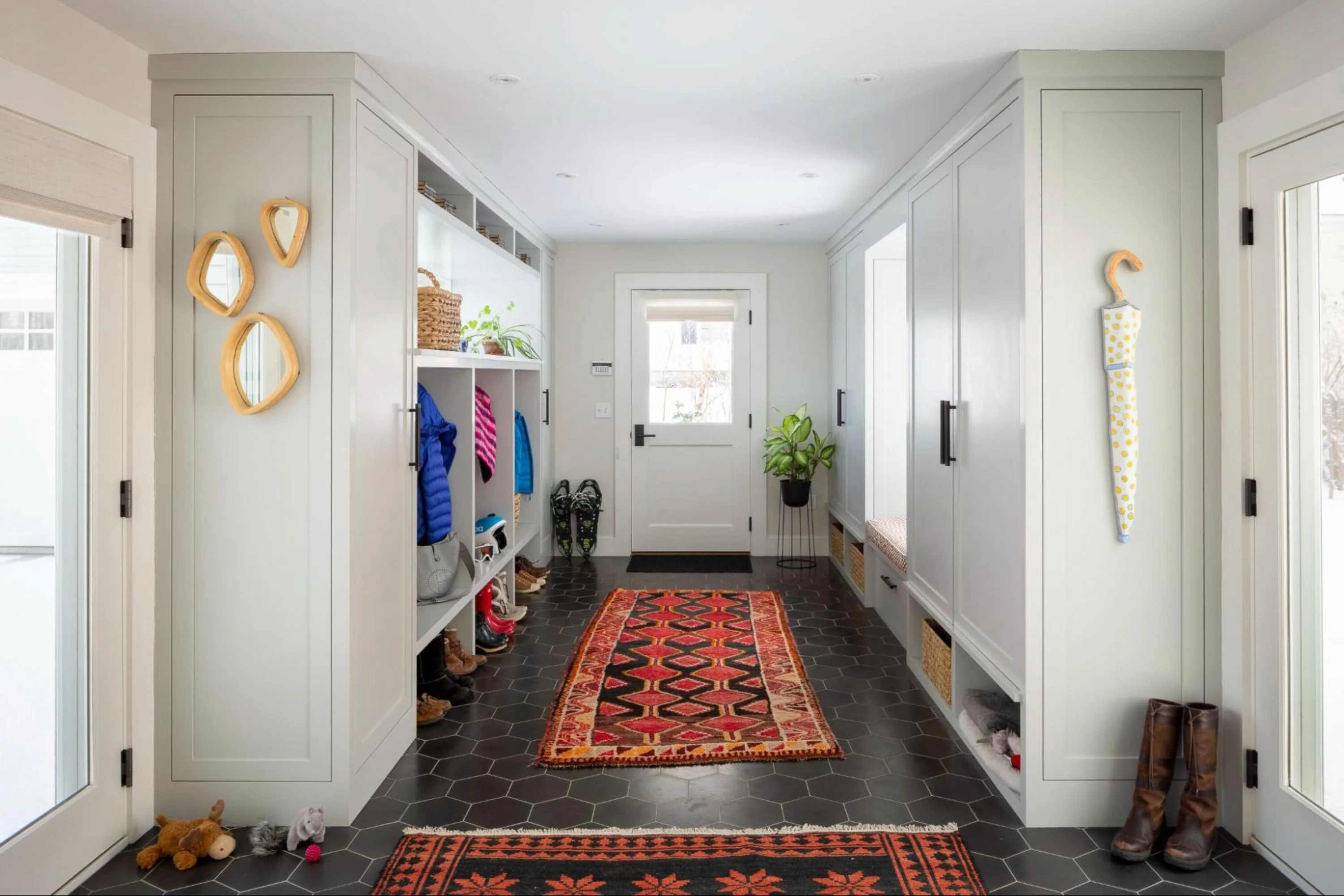
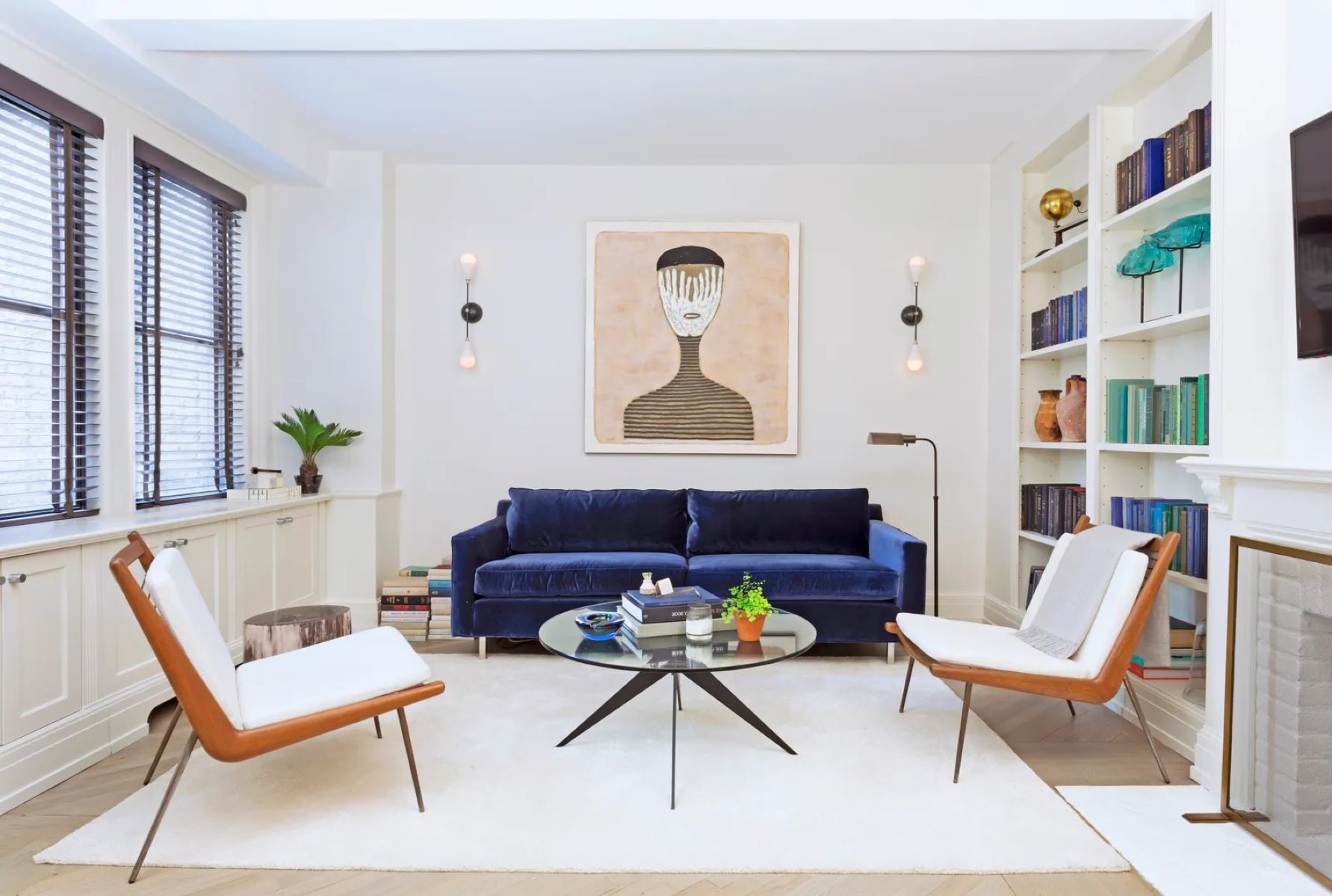
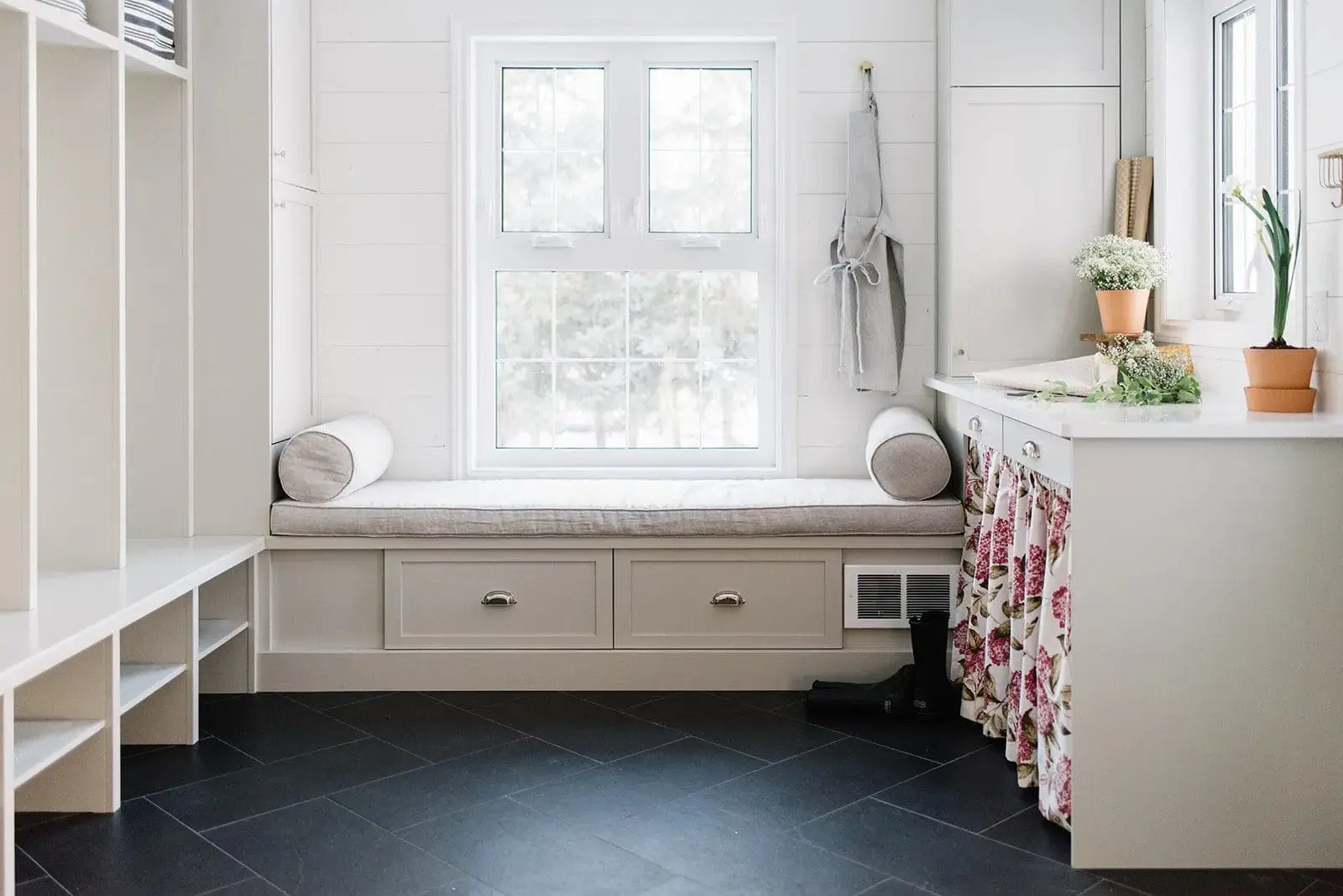
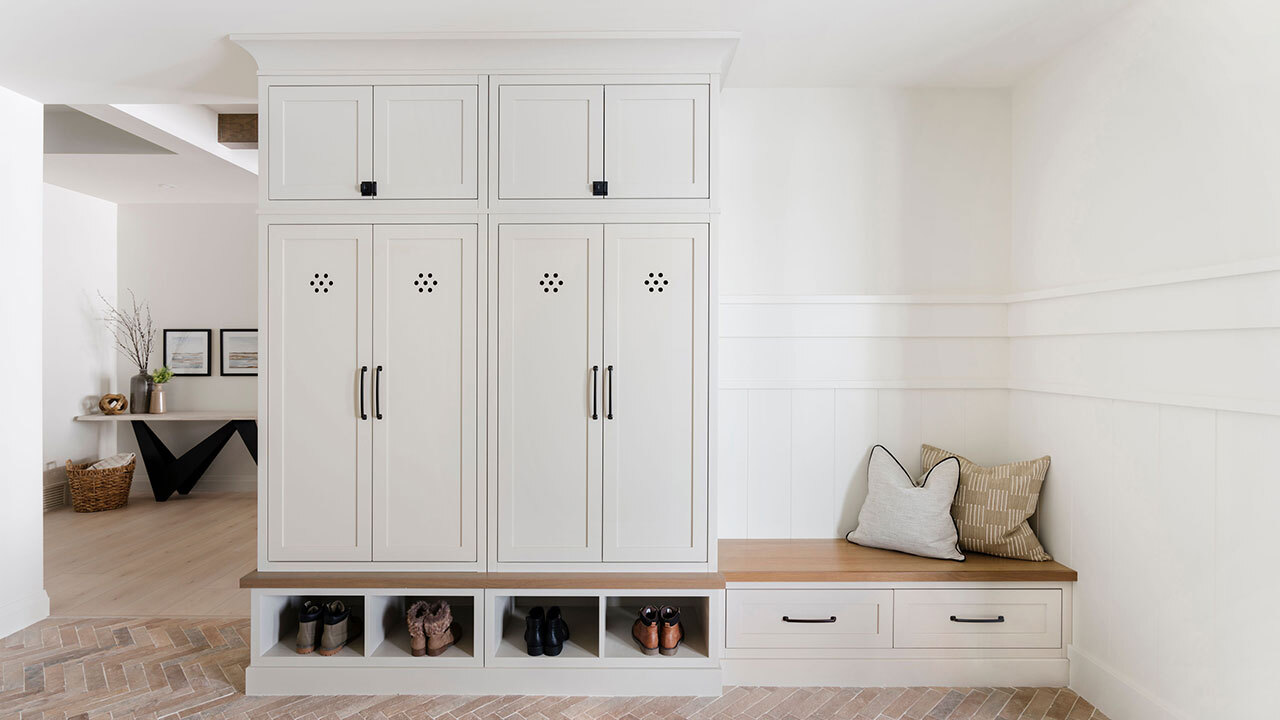
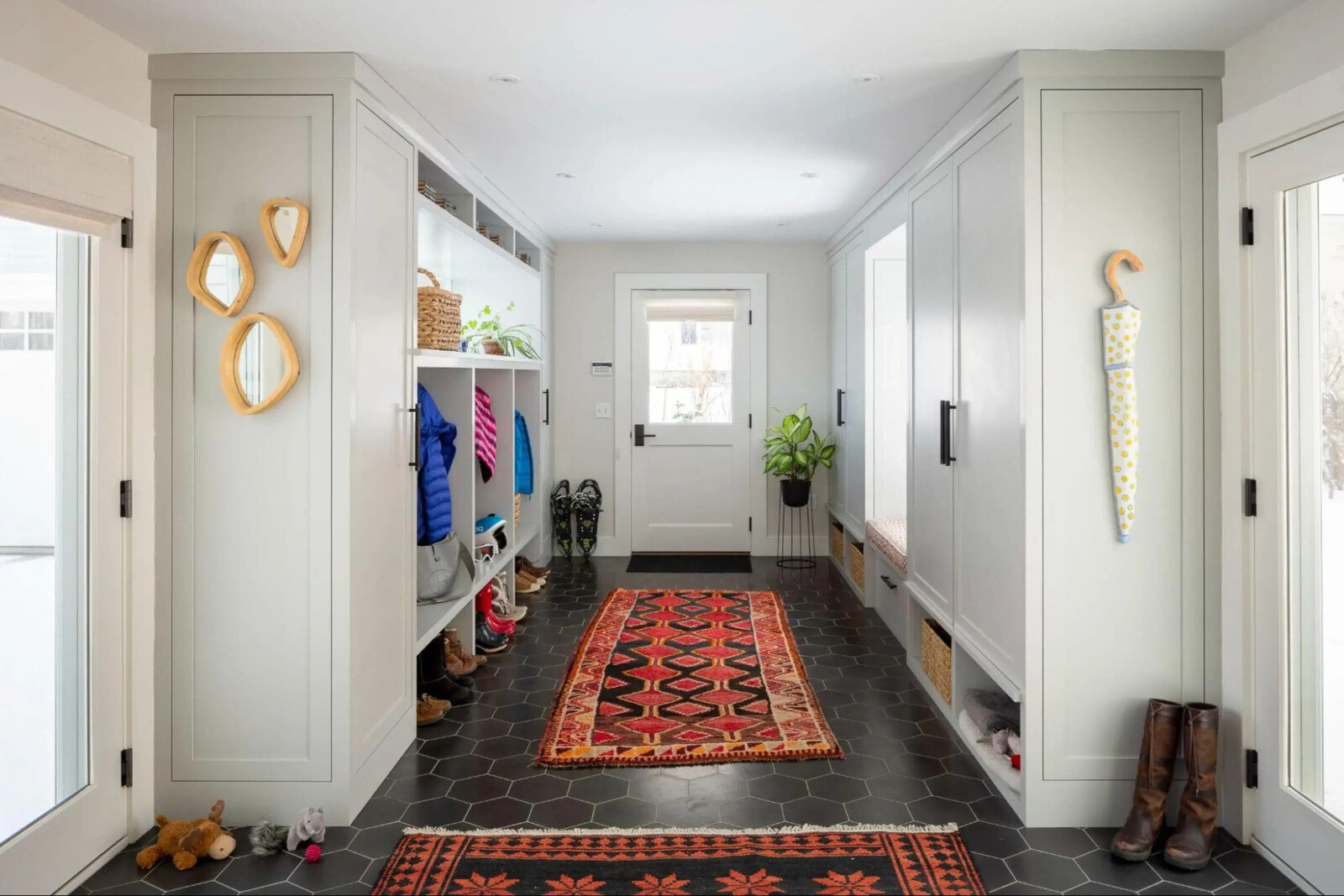
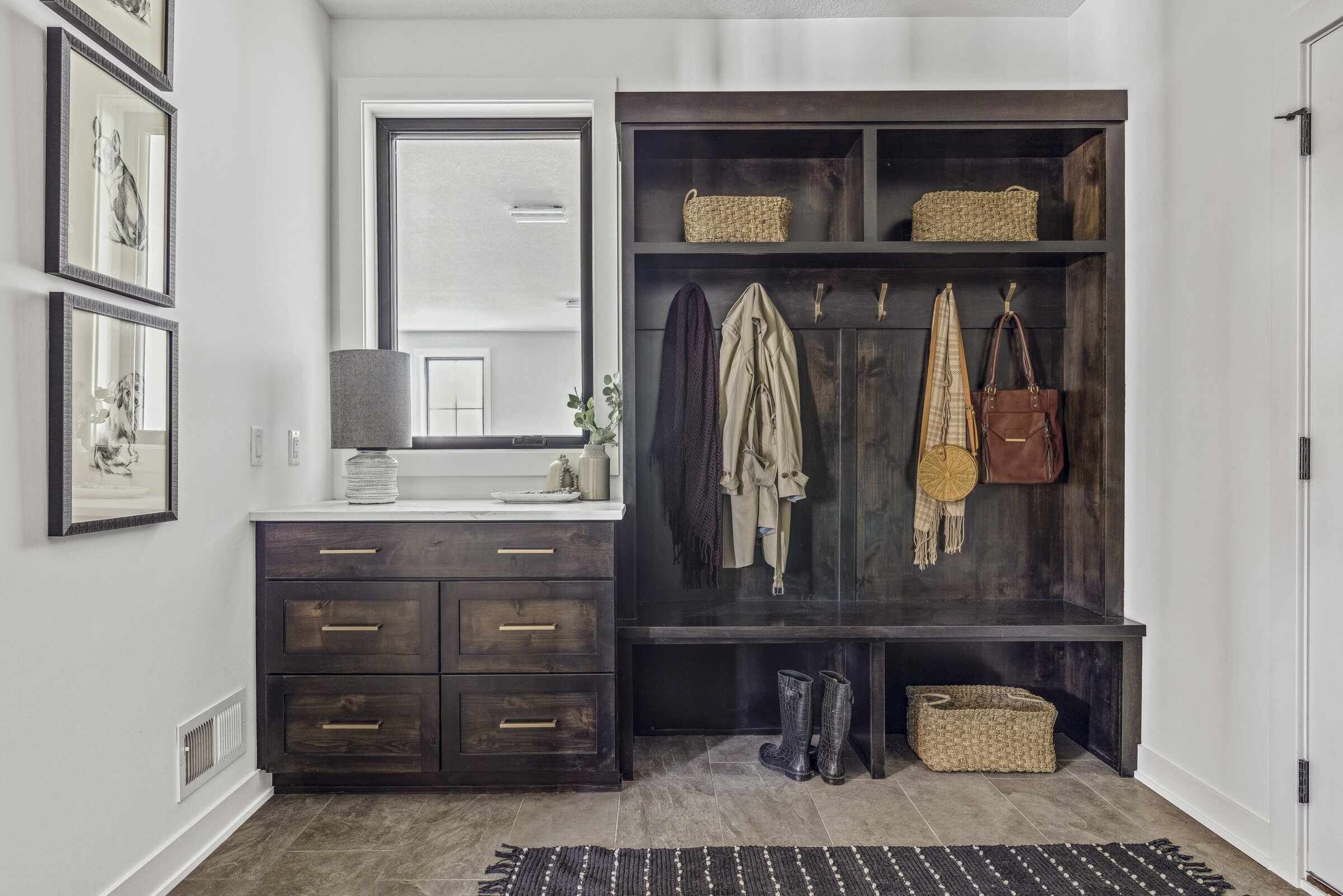
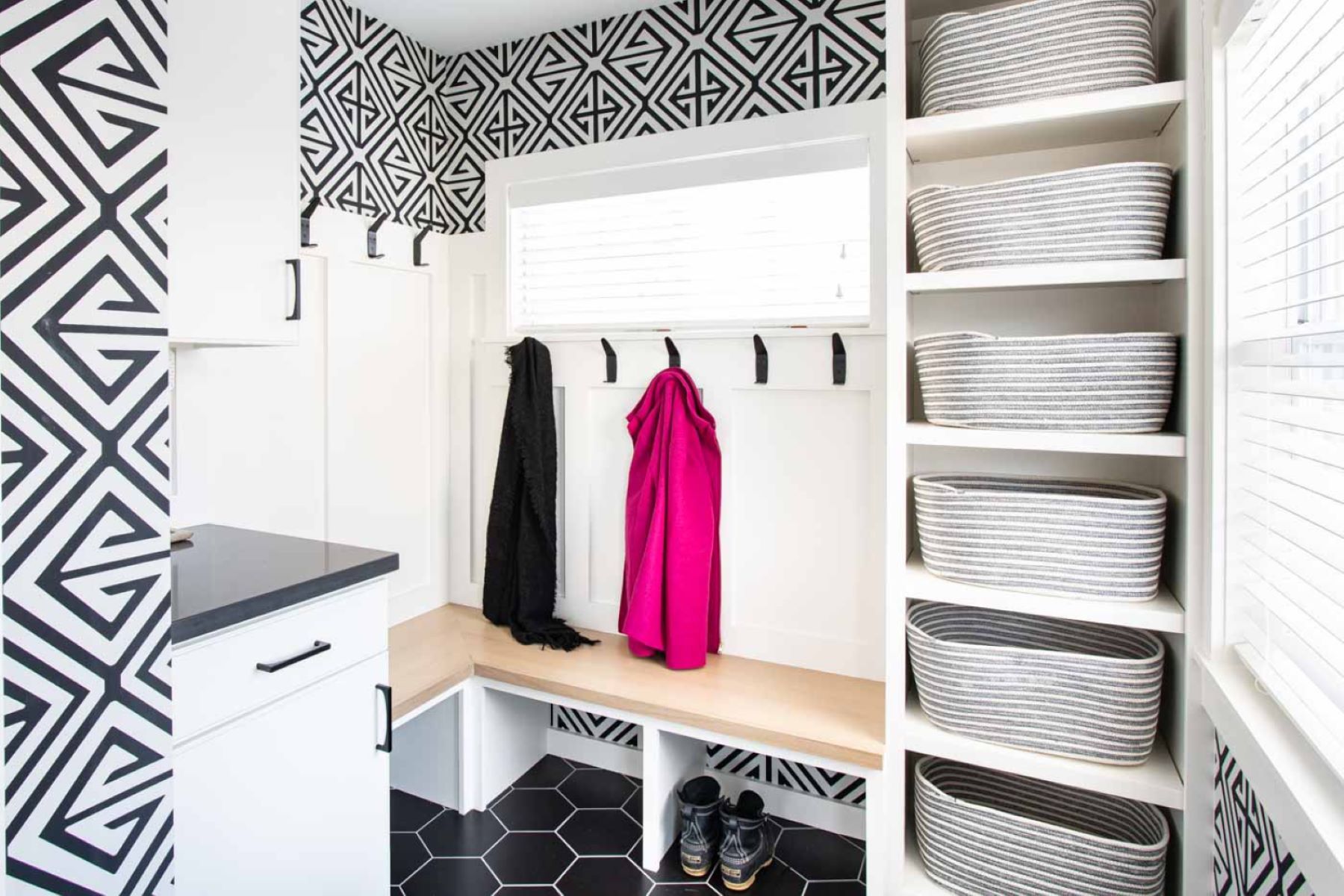
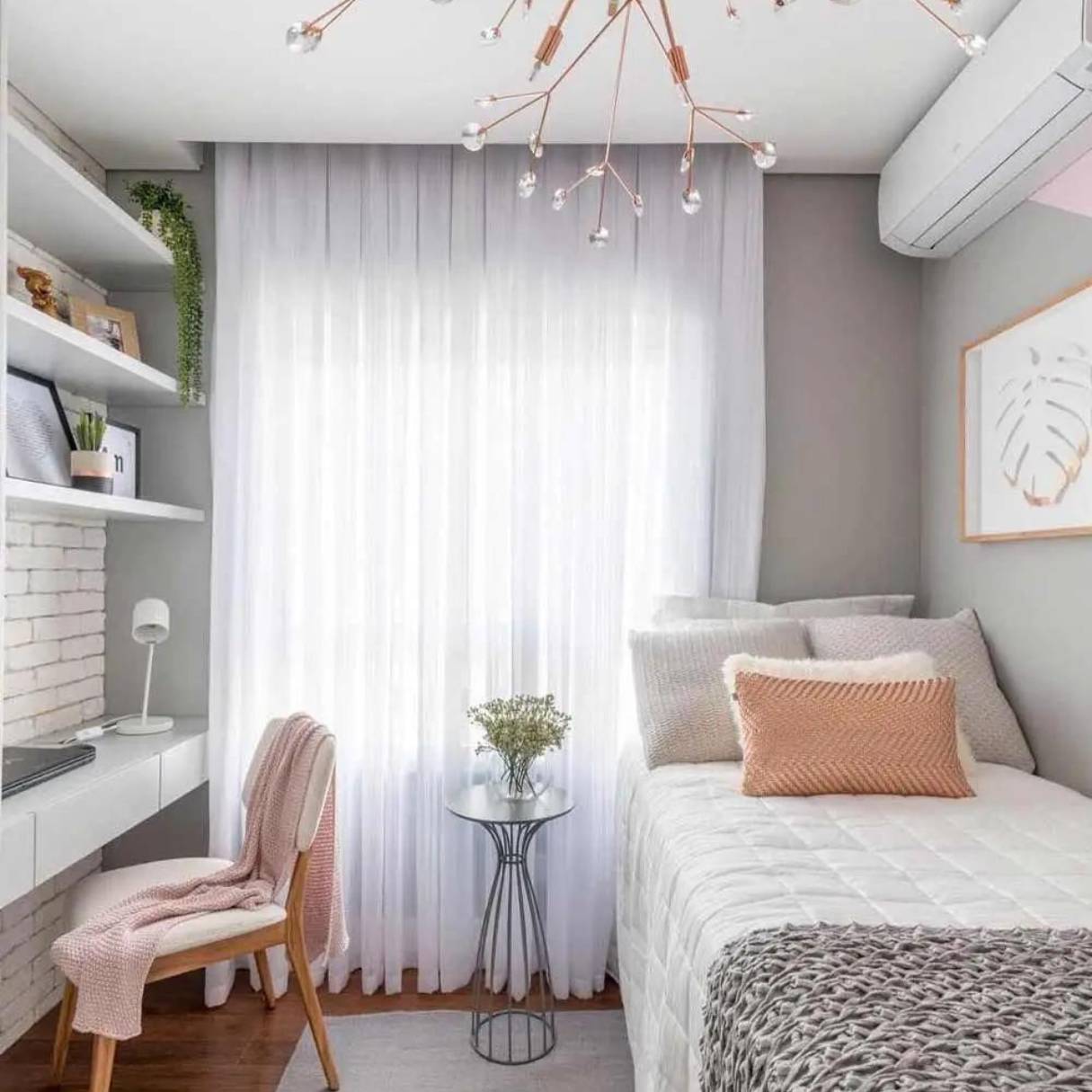
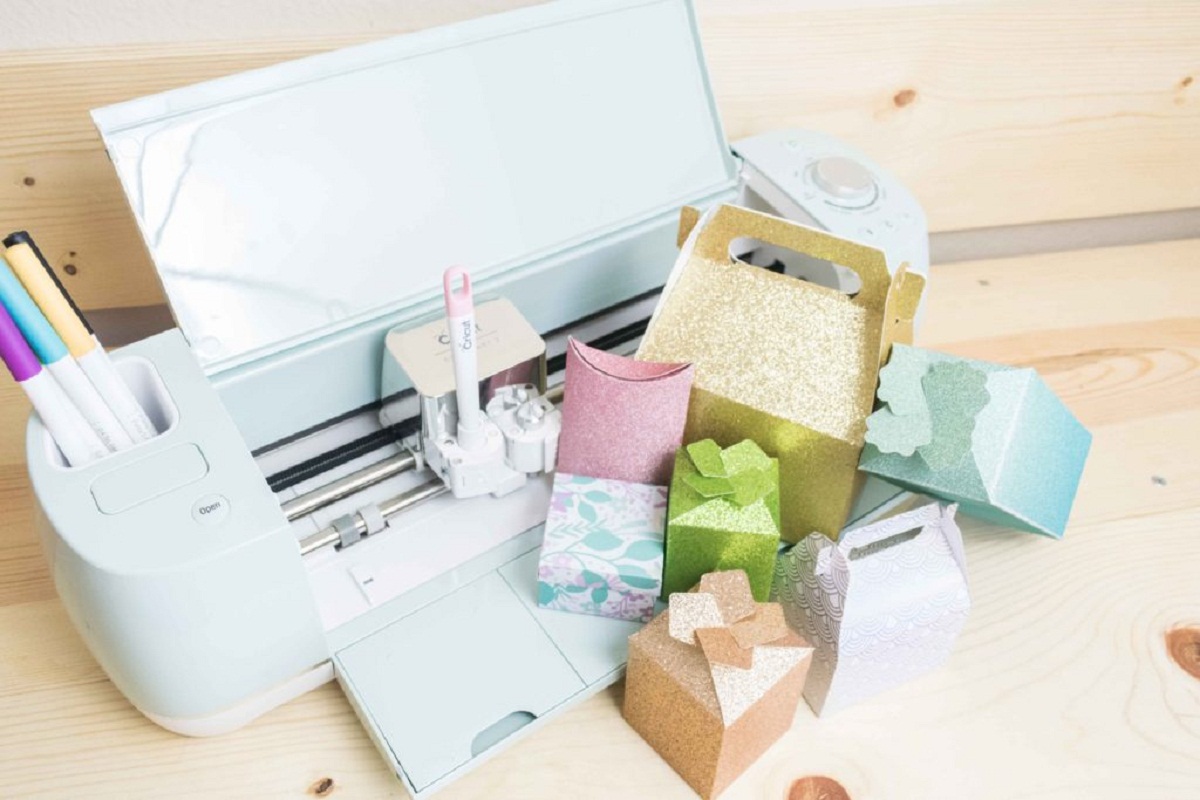
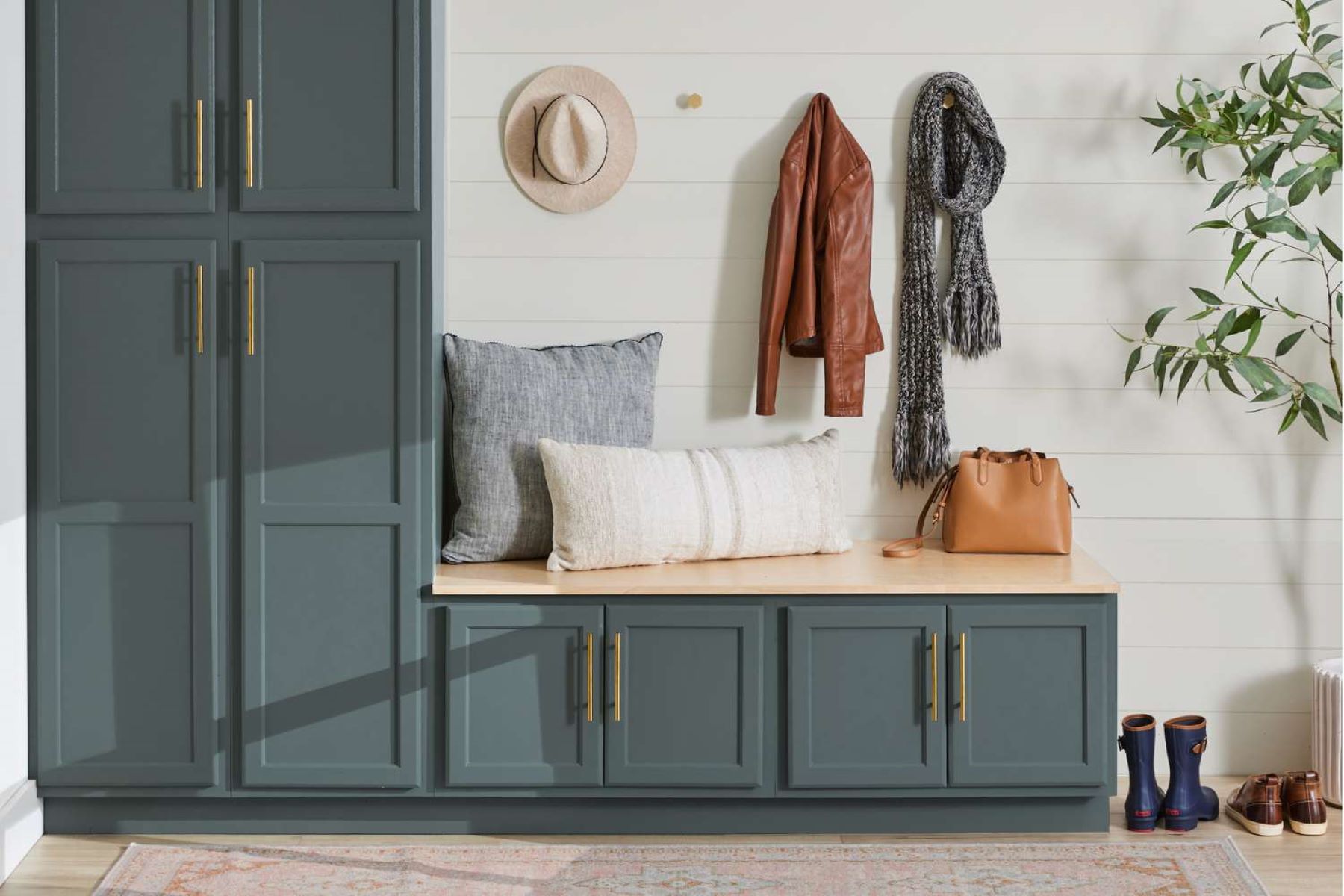
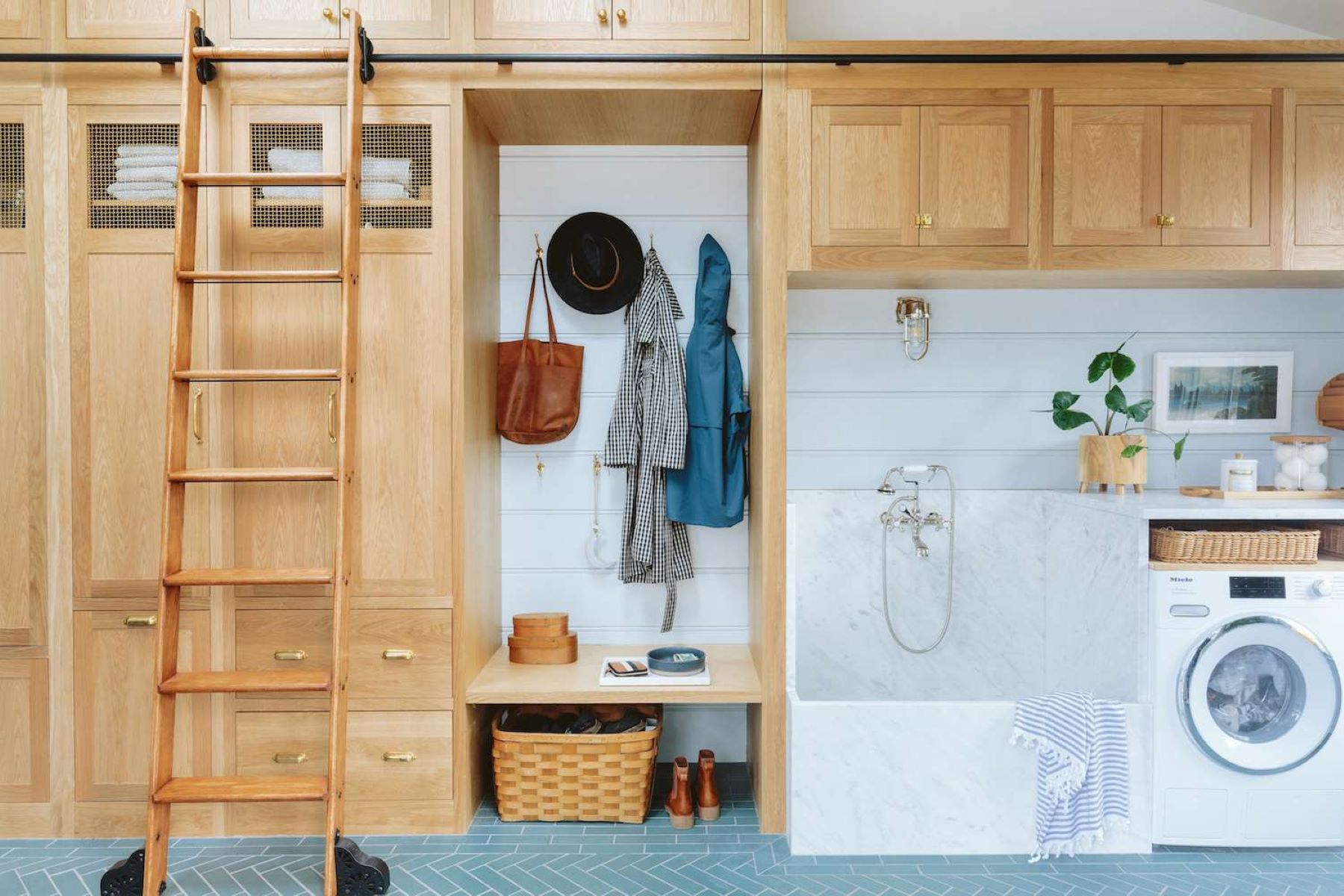
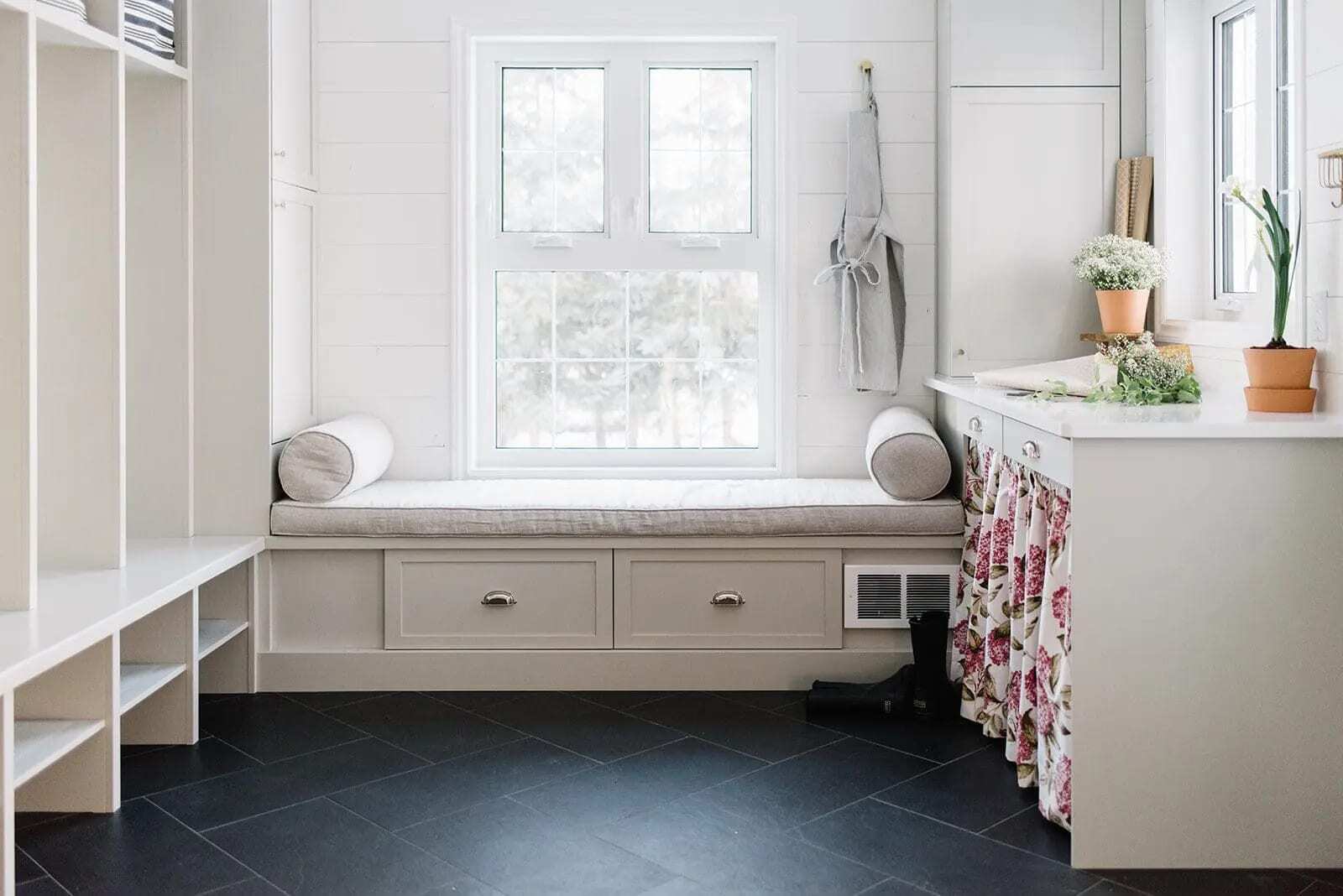
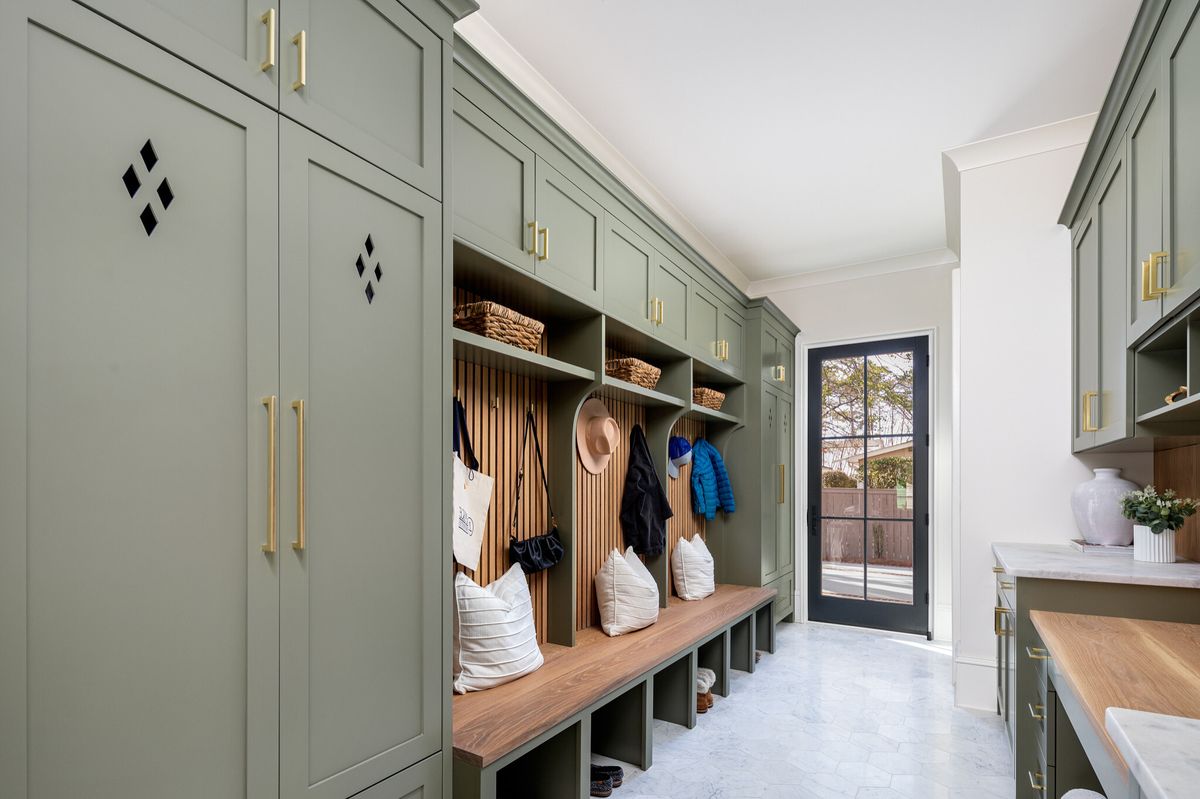
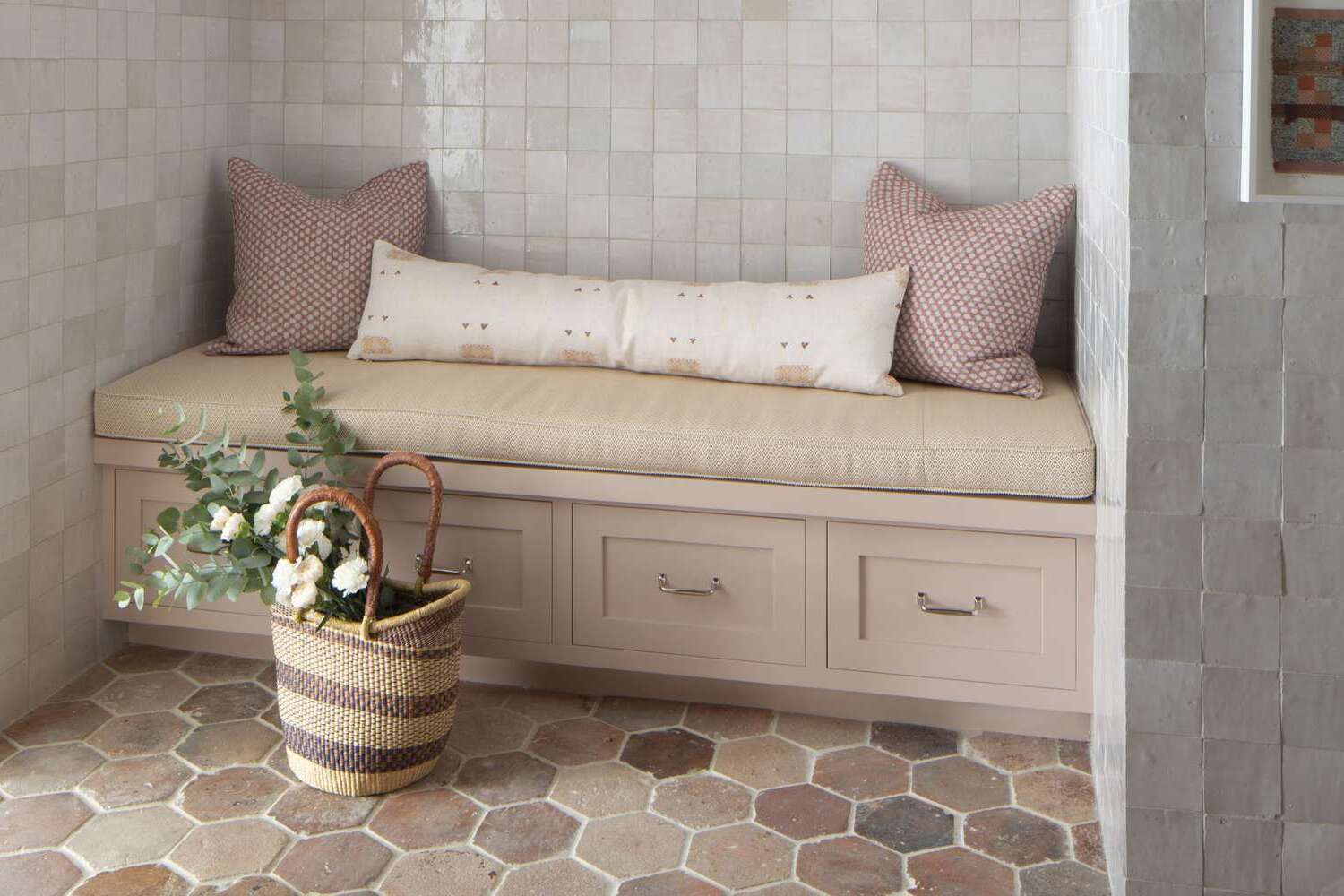

0 thoughts on “Small Mudroom Ideas: Carve Out A Functional Space Anywhere”